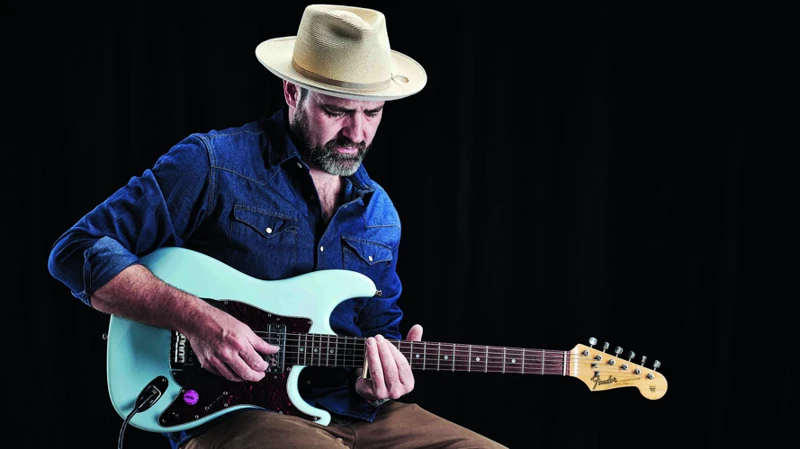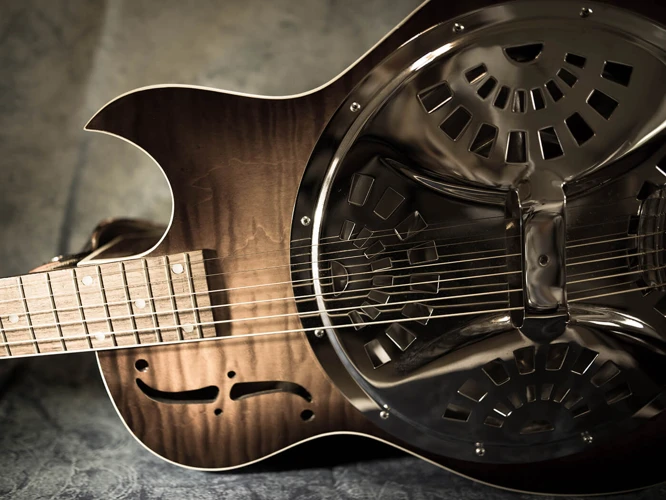Slide guitar is a unique and captivating style of playing the guitar that has been used by many famous musicians to create some of the most memorable riffs in music history. In this blog post, we will explore some of the most famous slide guitar riffs of all time, from classic rock to blues and beyond.
What is Slide Guitar?
Slide guitar is a technique that involves sliding a glass or metal slide along the strings of the guitar, rather than using traditional fingerstyle or pick technique. This creates a smooth, gliding sound that can be haunting, soulful, or downright rocking.
The History of Slide Guitar
Slide guitar has its roots in blues music, particularly in the Mississippi Delta region of the United States. Early slide guitar players used glass bottlenecks or metal pipes to achieve the distinctive sound. Over time, the technique spread to other genres, including rock, country, and jazz.
Famous Slide Guitar Riffs
Here are some of the most famous slide guitar riffs of all time:
1. “Dust My Broom” by Elmore James
Elmore James is often credited with popularizing the use of the slide guitar in blues music. “Dust My Broom” is one of his most famous songs, and its slide guitar riff is instantly recognizable.
2. “Statesboro Blues” by the Allman Brothers Band
Duane Allman’s slide guitar playing is legendary, and “Statesboro Blues” is one of his most famous performances. The slide guitar riff that opens the song is a classic.
3. “Layla” by Derek and the Dominos
Duane Allman also played slide guitar on “Layla,” one of the most famous rock songs of all time. The slide guitar solo in the middle of the song is a highlight.
4. “Midnight Rider” by the Allman Brothers Band
Another classic slide guitar riff from the Allman Brothers Band, “Midnight Rider” features a memorable slide guitar melody that is instantly recognizable.
5. “The Sky Is Crying” by Elmore James
Elmore James’ “The Sky Is Crying” features another iconic slide guitar riff, with a haunting, mournful sound that is perfect for the song’s subject matter.
6. “Crossroad Blues” by Robert Johnson
Robert Johnson’s “Crossroad Blues” is a classic blues song that features a slide guitar riff that has been covered by many musicians, including Eric Clapton.
7. “Rollin’ and Tumblin'” by Muddy Waters
Muddy Waters’ “Rollin’ and Tumblin'” features a slide guitar riff that is both catchy and driving, propelling the song forward with its infectious energy.
8. “Have You Ever Loved a Woman” by Freddie King
Freddie King’s “Have You Ever Loved a Woman” is a slow, soulful blues song that features a slide guitar riff that is both expressive and emotive.
9. “Let It Bleed” by the Rolling Stones
Mick Taylor’s slide guitar playing on the Rolling Stones’ “Let It Bleed” is a highlight of the song, with a haunting, ethereal sound that adds to the song’s dark, moody atmosphere.
10. “In My Time of Dying” by Led Zeppelin
Jimmy Page’s slide guitar playing on Led Zeppelin’s “In My Time of Dying” is a standout moment on an album full of standout moments. The slide guitar riff is both powerful and evocative, adding to the song’s gospel-influenced sound.
Looking to explore more iconic guitar riffs and solos in country music? Check out our articles on famous country guitar riffs with fingerpicking, iconic electric guitar solos in country music, and iconic hollow body electric guitars in country music. Want to enhance your sound? Discover the world of fuzz pedals and guitar pedals for country music to take your playing to the next level!
Conclusion
Slide guitar is a unique and expressive technique that has been used by many famous musicians to create some of the most memorable riffs in music history. From blues to rock and beyond, slide guitar has a timeless quality that continues to inspire musicians and fans alike. Whether you’re a seasoned slide guitar player or just a fan of great music, these famous slide guitar riffs are sure to leave a lasting impression.


